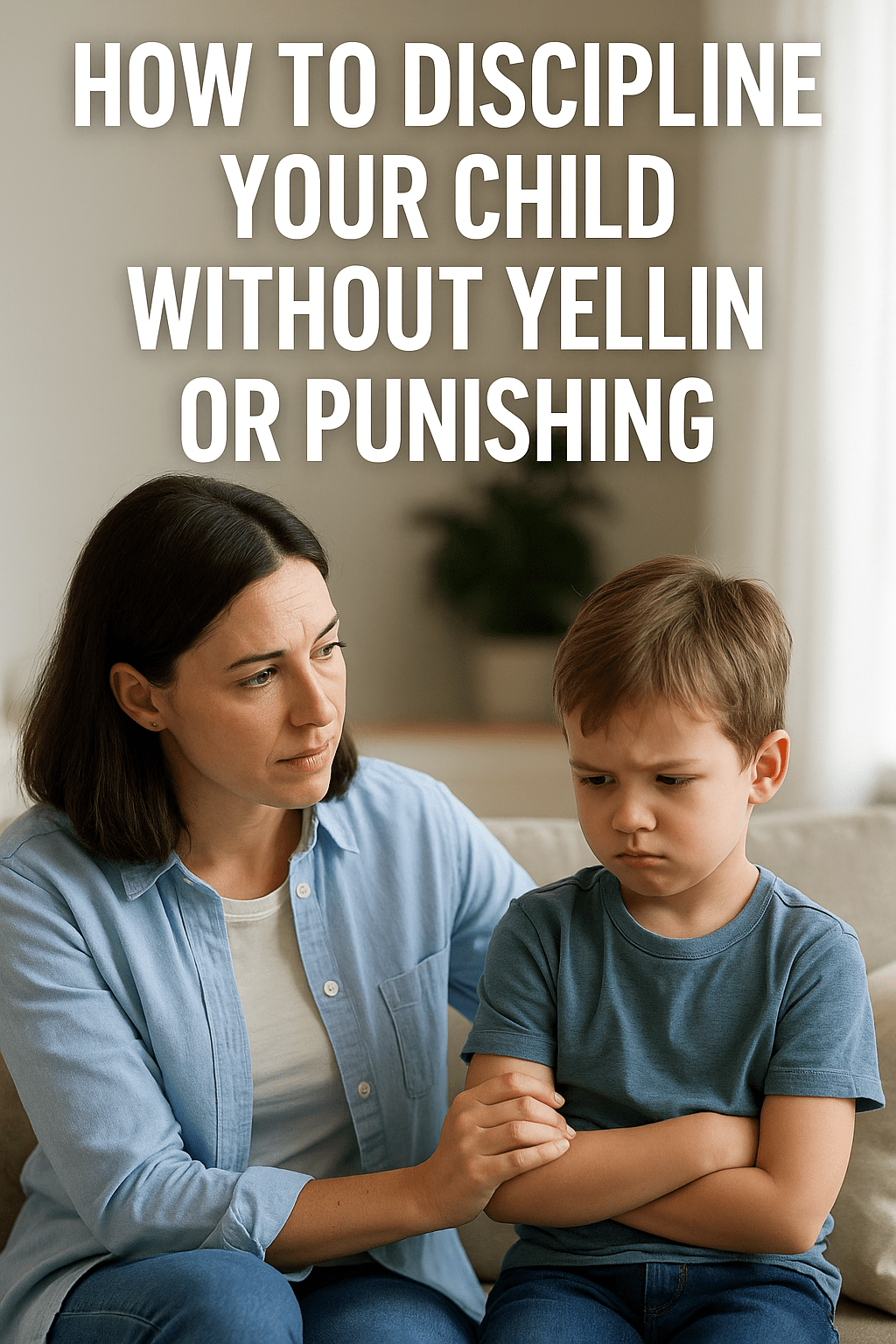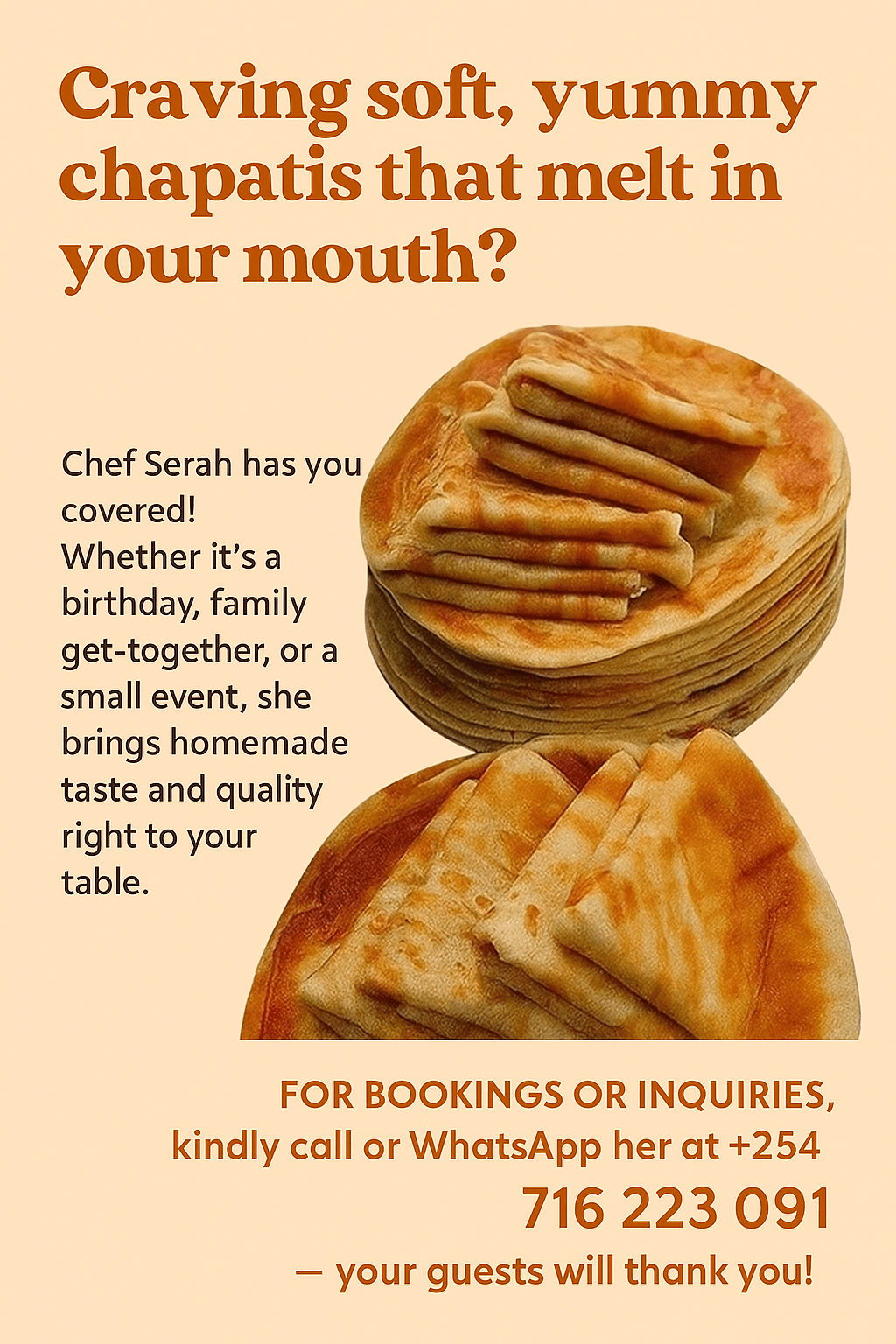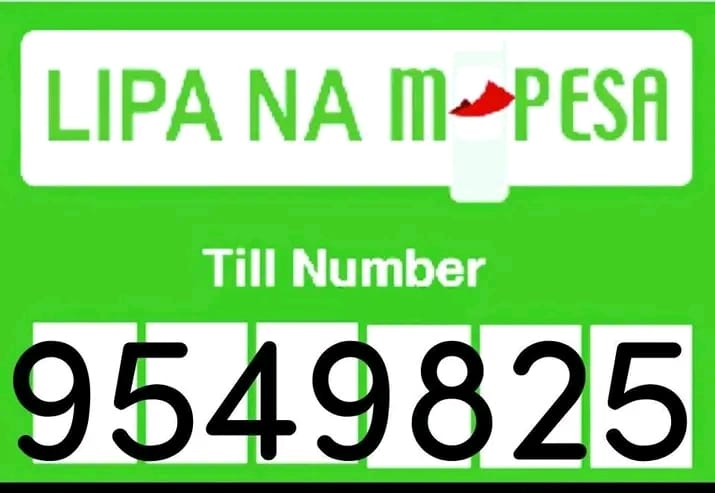
simply amazing, always for you.
Rethinking Discipline in the Modern World
Discipline often gets confused with punishment. Many parents still rely on yelling, time-outs, or even threats to try and control their child’s behavior. But here’s the hard truth: these tactics usually do more harm than good. They may work in the short term, but they damage connection, trust, and emotional development over time.

So how do you discipline a child without yelling, hitting, or punishing? How do you teach them to respect boundaries without making them fear you?
This article is a deep dive into peaceful parenting strategies — grounded in research, psychological insights, and real-world success stories. We’ll explore how to guide your child using empathy, boundaries, and communication instead of fear and force.
And if you’re looking for even more sanity-saving tips, don’t miss our companion guide on 10 Simple Parenting Hacks Every Mom and Dad Should Know.
Chapter 1: Understanding the True Purpose of Discipline
Discipline comes from the Latin word disciplina, which means “teaching” or “learning.” At its core, discipline isn’t about control — it’s about guidance and education.
Children are not born knowing how to manage their emotions or behavior. They need guidance to:
- Understand right from wrong
- Regulate their emotions
- Learn self-discipline
- Respect limits without fear
The goal isn’t to “win” or dominate — it’s to raise responsible, emotionally intelligent, and respectful humans.
If you’re new to parenting or reflecting on your journey, you may also relate to What I Wish I Knew Before Becoming a Parent — a revealing take on the lessons many parents learn the hard way.
Chapter 2: Why Yelling and Punishment Don’t Work
Let’s get real: yelling feels good in the moment — it releases built-up frustration. But it doesn’t work long-term. Here’s why:

- Yelling shuts down communication
- Punishment teaches fear, not values
- It damages connection
Parenting is a relationship, not a power struggle. Harsh discipline erodes trust and makes children less likely to open up to you when they truly need support.
When frustration builds up, many parents find themselves running on empty. If that’s you, check out How to Deal with Parenting Burnout and Find Your Energy Again — a must-read for every tired, overextended parent.
Chapter 3: The Power of Connection in Discipline
If yelling and punishing don’t work, what does? The answer lies in connection before correction. When children feel connected, they are more open to learning and cooperation.
Ways to build connection:
- Spend quality one-on-one time daily
- Listen without interrupting
- Validate their emotions before correcting behavior
- Apologize when you’re wrong
Connection doesn’t mean permissiveness — it means your child knows you’re in their corner, even when you’re correcting them.
Chapter 4: Proven Discipline Strategies That Don’t Involve Yelling or Punishment
Let’s explore calm, consistent, and research-backed tools to discipline effectively:
- Set Clear, Consistent Boundaries
- Use Natural Consequences
- Redirection
- Offer Choices
- Time-In Instead of Time-Out
- Model the Behaviour You Want to See
- Emotion Coaching
If staying calm sounds easier said than done, our guide on How to Be a Patient Parent: Tips for Managing Your Emotions offers actionable advice on keeping your cool in the moment.
Chapter 5: When You Lose Your Cool (Because You Will)
No one is perfect. You will yell. You will snap. That’s part of being human.
What matters is how you repair the relationship:
- Calm down first
- Apologize sincerely
- Make amends
Every repair builds trust. You’re showing your child how to take responsibility and handle mistakes with grace.
Chapter 6: Discipline by Age – What Works Best When
| Age | Discipline Focus |
|---|---|
| Infants | Safety, redirection |
| Toddlers | Simple instructions, consistency |
| Preschoolers | Time-ins, routines, choices |
| Elementary Age | Problem-solving, natural consequences |
| Teens | Mutual respect, open dialogue |
The discipline strategies shift with age, but the need for balance never goes away — especially your own. Learn how to maintain that balance in How to Balance Parenting and Personal Time Without Feeling Guilty.
Chapter 7: Building a Calm Discipline Toolbox
Here are essential tools every parent should master:
- Deep Breathing
- Pause Before Reacting
- Empathic Statements
- Reflective Listening
- Visual Charts or Routines
- Family Meetings
Each of these supports your calm parenting style and helps prevent stress-driven reactions.
Chapter 8: Addressing Common Misbehaviors Calmly
- Backtalk: Stay calm and invite respectful communication.
- Defiance: Restate boundaries kindly and firmly.
- Aggression: Intervene quickly, hold limits, and coach calm strategies.
Remember, you’re not just correcting behavior — you’re teaching life skills.
Chapter 9: Why Peaceful Discipline Works Long-Term
Respectful discipline isn’t permissive. It’s firm, kind, and consistent. Over time, it creates:
- Strong emotional regulation
- Deep parent-child trust
- Healthier family dynamics
- More independent, confident kids
Parenting with Patience, Power, and Purpose
Discipline doesn’t have to mean yelling, threats, or bribes. With patience, connection, and the right tools, you can guide your child effectively without ever losing your cool.
Which of these peaceful strategies will you try this week to improve how you respond to your child’s behaviour?

Support Our Website!
We appreciate your visit and hope you find our content valuable. If you’d like to support us further, please consider contributing through the TILL NUMBER: 9549825. Your support helps us keep delivering great content!
If you’d like to support Nabado from outside Kenya, we invite you to send your contributions through trusted third-party services such as Remitly, SendWave, or WorldRemit. These platforms are reliable and convenient for international money transfers.
Please use the following details when sending your support:
Phone Number: +254701838999
Recipient Name: Peterson Getuma Okemwa
We sincerely appreciate your generosity and support. Thank you for being part of this journey!
